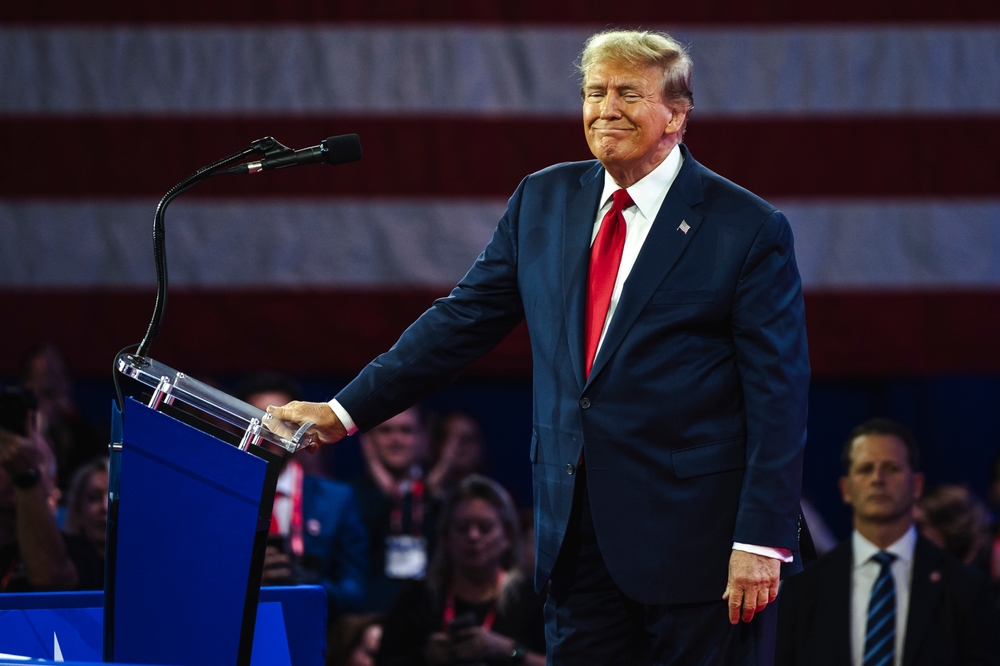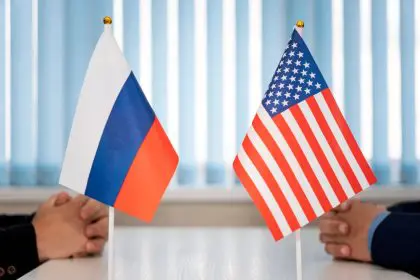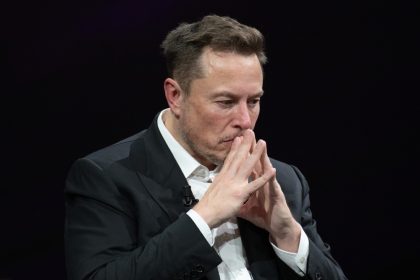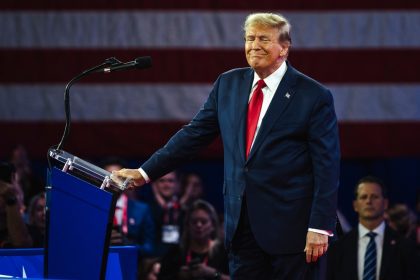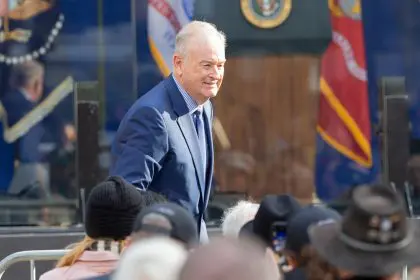This is the most exclusive club in the world, where only seven of the most powerful people on the planet get to sit at the table. Now imagine that more than half of them are completely new to the group, walking into a room where legendary diplomatic dramas have unfolded and international relationships have been made or broken with a single conversation.
Welcome to this week’s G7 summit in the stunning Canadian Rockies, where the world’s most important leaders are gathering against a backdrop that’s as breathtaking as the global challenges they’re facing. Here’s what makes this gathering absolutely fascinating, the cast of characters has changed dramatically since the last time these meetings made international headlines.
The incredible leadership turnover reshaping global politics
Remember that iconic photograph from seven years ago that looked like something straight out of a Renaissance painting? You know the one, where world leaders were locked in an intense standoff that captured the tension of international diplomacy in a single frame. Well, get ready for a completely different dynamic this time around.
Here’s the mind-blowing part, out of the seven world leaders meeting in Alberta this week, four of them are attending their very first G7 summit as heads of government. That’s more than half the room filled with fresh faces who are still figuring out how this whole exclusive world leader thing actually works.
This unprecedented turnover reflects something remarkable happening in global politics. The world’s leading economies are experiencing extraordinary leadership changes, creating a diplomatic landscape that’s unlike anything we’ve seen in decades. Some of these new leaders are stepping into shoes that were filled by political giants who dominated international relations for years.
The absence of familiar faces means this summit will operate with completely different interpersonal dynamics. There are no long-standing grudges to navigate, no years of built-up trust to rely on, and no established patterns of who allies with whom when the tough negotiations begin.
High stakes issues demanding immediate attention
While the leadership roster has changed dramatically, the world’s problems have only gotten more complex and urgent. The summit agenda reads like a list of the most challenging international crises of our time, each one capable of reshaping global economics and security.
The ongoing conflict in Ukraine continues to dominate international attention, with European leaders hoping to coordinate continued support for the embattled nation. This war has been a primary focus of the last three G7 summits, turning the group into what some diplomatic insiders have called the steering committee for Western response to international aggression.
Meanwhile, escalating tensions in the Middle East between Israel and Iran are creating new layers of complexity that threaten to drive energy prices higher and destabilize an already fragile global economy. Leaders are walking into discussions knowing that any miscalculation in this region could have worldwide consequences.
Trade tensions represent another massive challenge that could determine whether the global economy thrives or struggles in the coming years. With new tariffs looming and trade relationships under strain, these conversations could directly impact everything from the price of goods in your local store to job markets across multiple continents.
Strategic format changes designed to prevent diplomatic disasters
Here’s where things get really interesting from a behind-the-scenes perspective. The Canadian hosts have completely reimagined how this summit will operate, making strategic changes designed to avoid the kind of diplomatic blowups that have made previous meetings memorable for all the wrong reasons.
Gone are the attempts to produce those lengthy joint statements that world leaders traditionally release at the end of these conferences. Instead, organizers are hoping for shorter, more focused statements that can actually get everyone’s agreement without triggering the kind of disputes that create international incidents.
The meeting schedule itself has been redesigned around shorter group sessions with more time built in for one-on-one conversations. This format recognizes that some leaders work better in smaller, more intimate settings where they can have frank discussions without worrying about how their words will play in front of a larger audience.
Even the topic selection has been carefully curated to focus on areas where cooperation might actually be possible, rather than highlighting issues that would only underscore fundamental disagreements between nations.
Ukraine’s president joins the conversation
One of the most significant moments of the summit will happen when Ukraine’s president joins the discussions on Tuesday. This represents a crucial opportunity for Ukrainian leadership to make their case directly to the world’s most powerful leaders and potentially secure additional support for their ongoing defense efforts.
Ukrainian officials are approaching these conversations with cautious optimism, hoping that face-to-face diplomacy might yield results that haven’t been achievable through traditional diplomatic channels. The stakes couldn’t be higher, as Ukraine’s future may well depend on continued international support and coordination.
The presence of Ukraine’s leadership also adds another layer of complexity to discussions about trade, energy security, and international sanctions. Every decision made during these conversations will be evaluated through the lens of how it impacts the ongoing conflict and Western efforts to support Ukrainian sovereignty.
Trade negotiations take center stage
Beyond the war in Ukraine, trade discussions are expected to dominate much of the summit’s focus. With less than a month before significant new tariffs are scheduled to take effect, there’s urgent pressure to demonstrate progress on trade negotiations that have so far produced limited concrete results.
The challenge facing leaders is balancing domestic political pressures with the need to maintain international economic relationships that benefit everyone. Trade wars might score political points at home, but they typically end up hurting consumers and businesses on all sides of the negotiations.
What makes these trade discussions particularly complex is that they’re happening against the backdrop of other international tensions. Leaders can’t separate trade policy from security concerns, especially when some of their trading partners are also potential security threats.
The bigger picture for international cooperation
This G7 summit represents more than just another meeting of world leaders – it’s a test case for whether international cooperation can still function effectively in an increasingly polarized global environment. The success or failure of these discussions will send signals about the future of multilateral diplomacy.
The presence of so many new leaders creates both opportunities and risks. On one hand, fresh perspectives might lead to creative solutions for long-standing problems. On the other hand, inexperience with international diplomacy could lead to miscommunications or unrealistic expectations about what can be accomplished.
What success looks like in the Canadian Rockies
Given the complexity of the issues and the newness of many relationships around the table, success for this summit might look different from previous gatherings. Rather than expecting dramatic breakthroughs or comprehensive agreements, participants might be focusing on building personal relationships and establishing communication channels that can be used for future negotiations.
The real measure of success might be whether leaders can leave Alberta with a better understanding of each other’s positions and constraints. In international diplomacy, sometimes the most important outcomes happen behind the scenes, in casual conversations that build the trust necessary for future cooperation.
Whether this summit produces headline-grabbing agreements or quieter diplomatic progress, it represents a crucial moment for international relations at a time when global challenges demand coordinated responses from the world’s leading economies.

